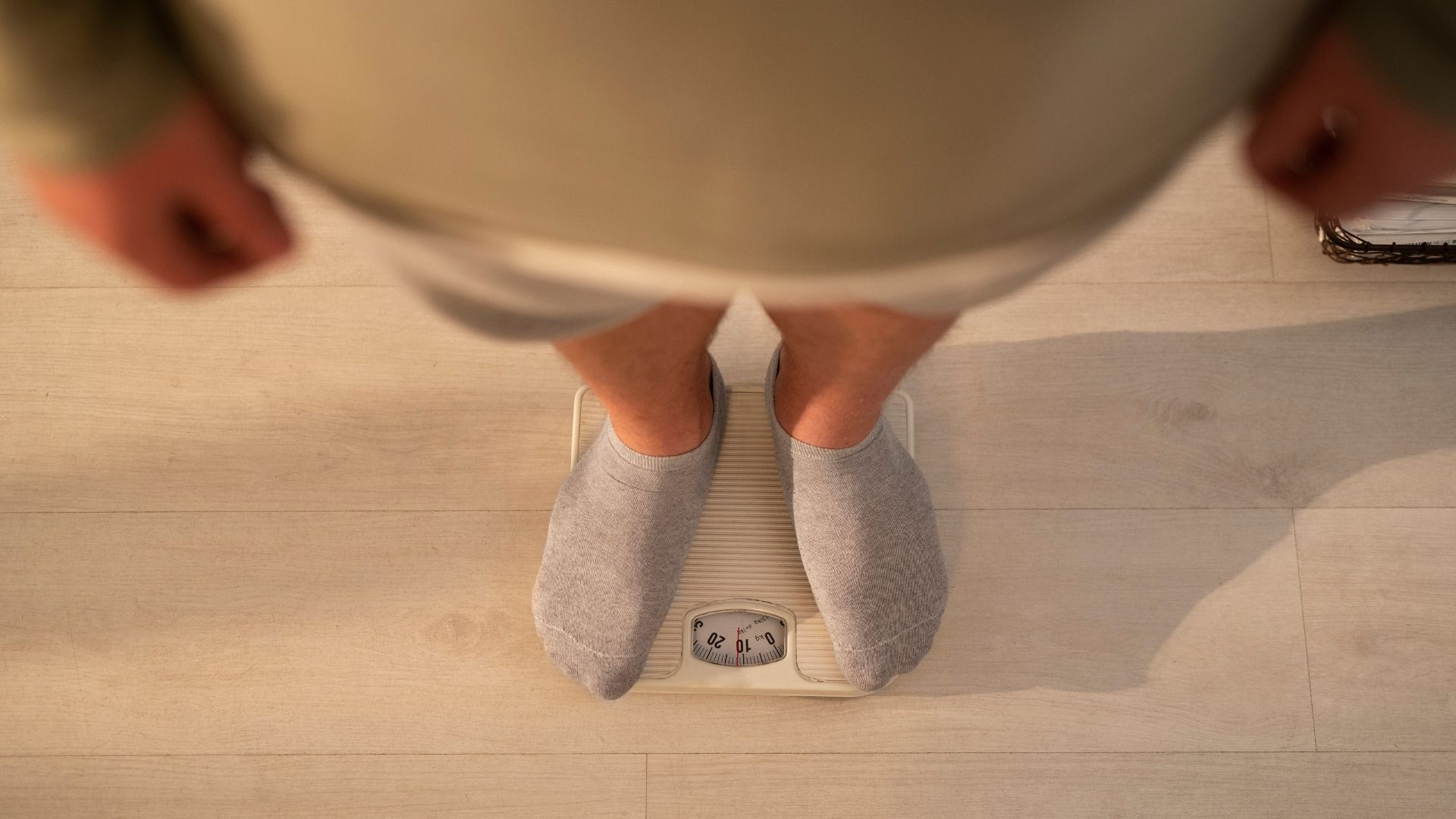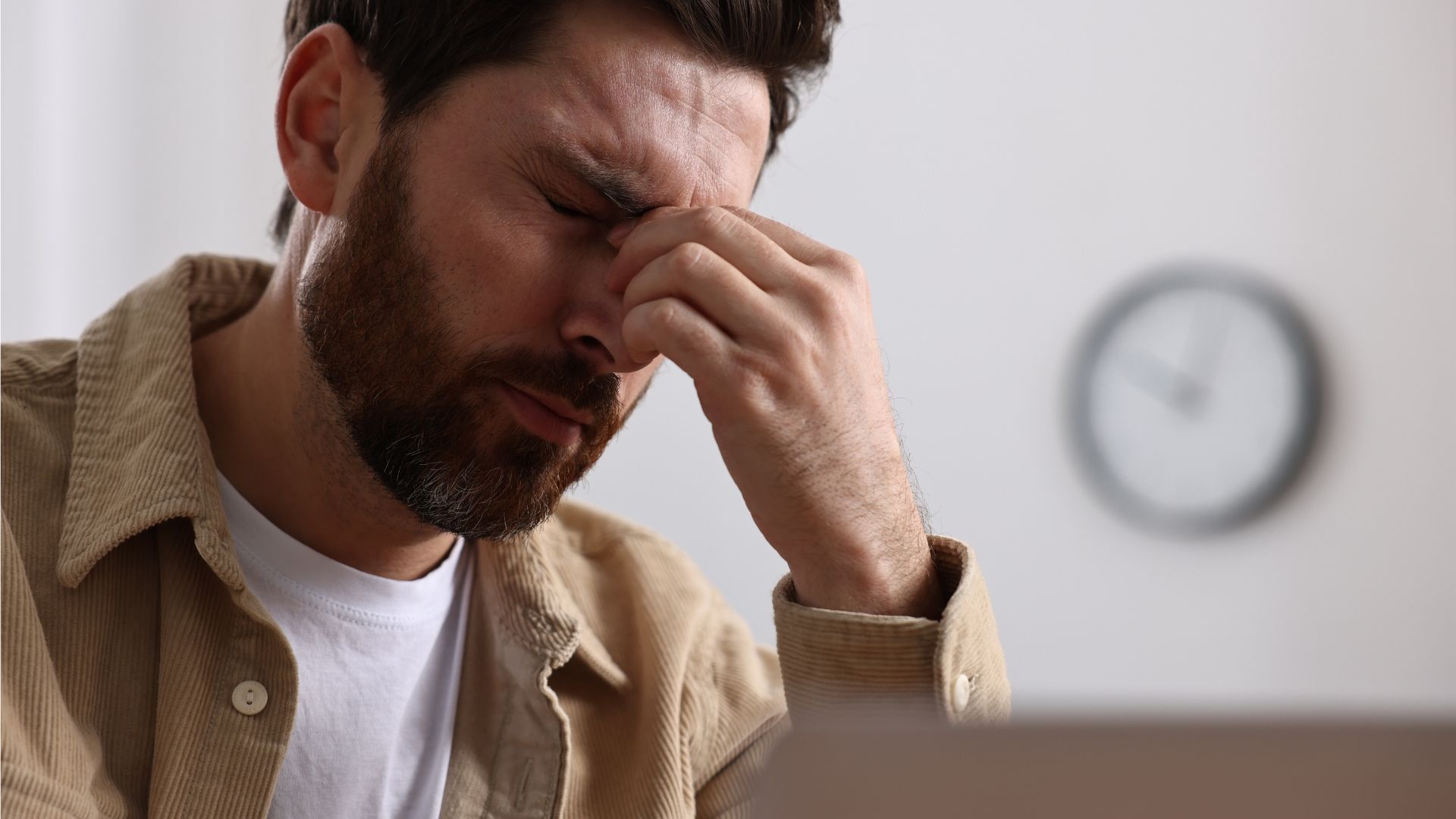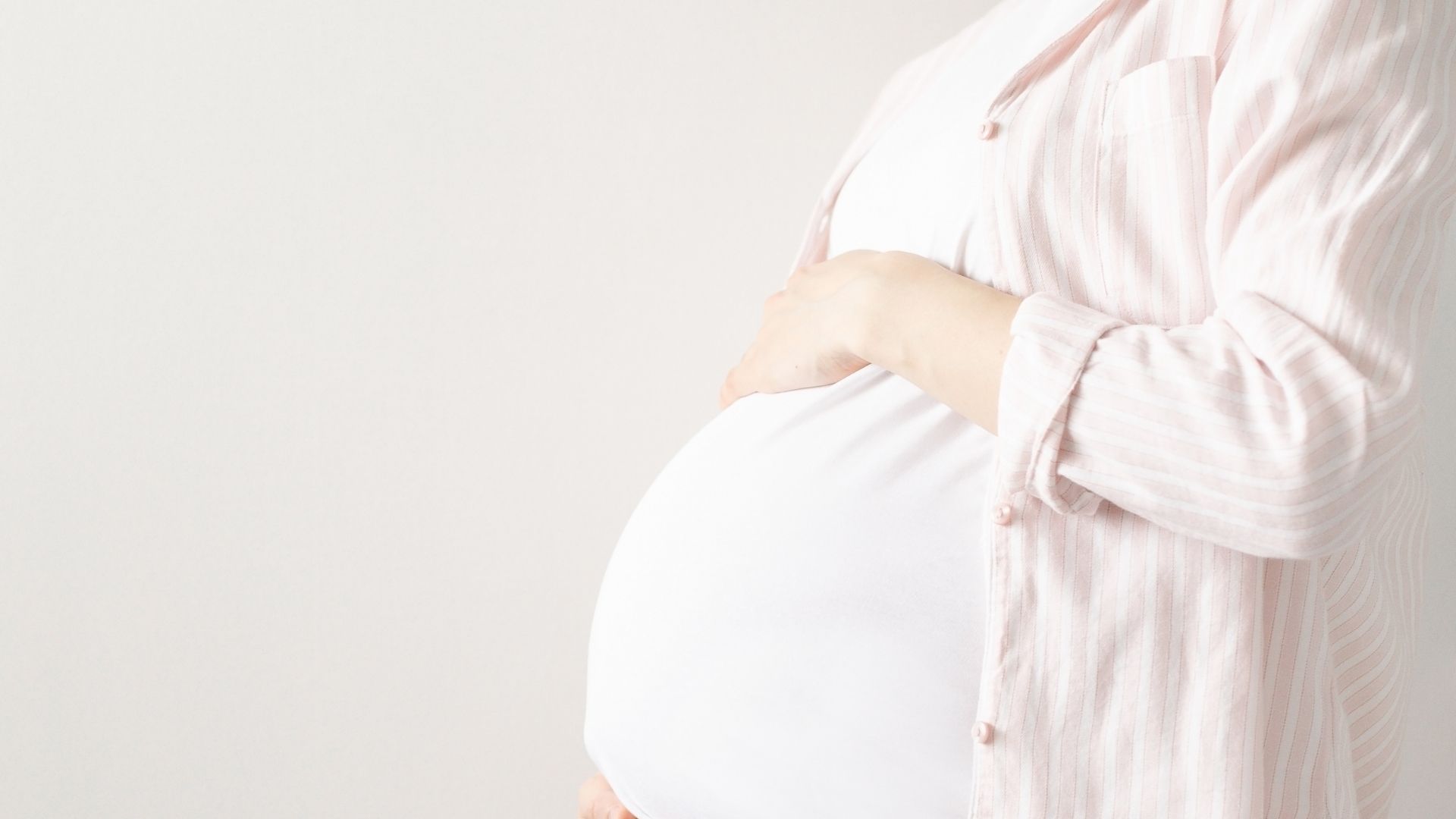Understanding obesity and skin problems
Obesity is linked to a wide range of skin problems. Learn about what causes them and what can help.
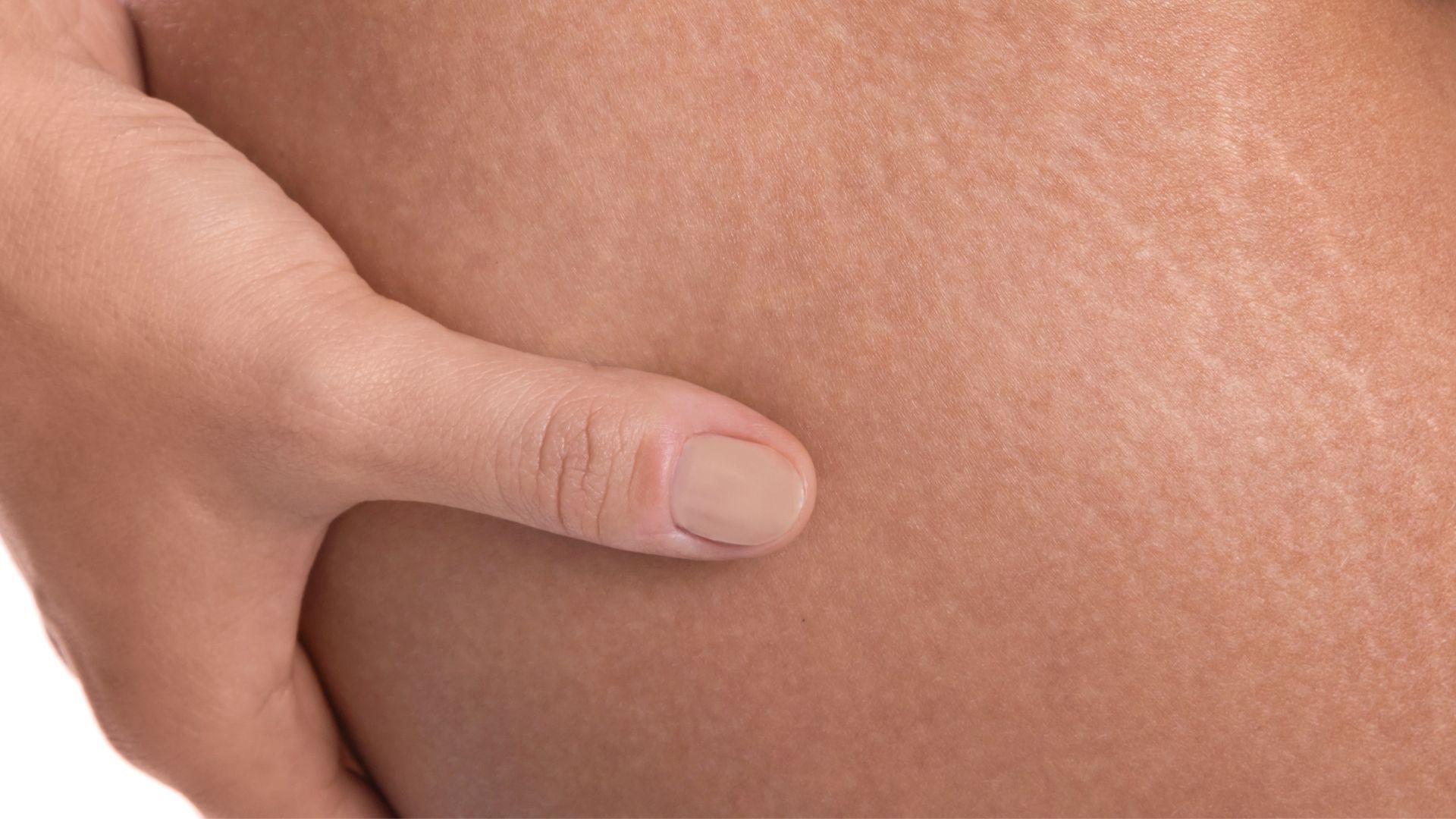
Many know about the most serious complications of obesity. It can increase the risk of heart disease, stroke and liver disease. It's linked to high blood pressure, type 2 diabetes and certain cancers. And it can cause problems with bones and joints that seriously impact day-to-day life.
Those are the headlines. But behind these serious complications is another set of symptoms that, while less dangerous, can be just as disruptive for those who experience them.
For instance, did you know that obesity is associated with a wide variety of skin conditions?
It's a topic that doesn't see much discussion. However, many of those living with obesity will be well aware of the link between obesity and skin problems. With obesity affecting nearly a third of adults in England, these issues are an uncomfortable and often painful reality for thousands of people.
Let's explore this 'hidden symptom' in a little more detail. First, we'll explain how obesity can cause skin problems. Then we'll look at some of the most common skin conditions linked to obesity.
How can obesity cause skin problems?
The skin is a complicated organ – and obesity is a complicated disease.
In other words, it's complicated. There are numerous skin problems linked to obesity, each with its own assortment of causes, symptoms and risk factors.
Broadly speaking, however, you can group obesity-related skin problems into two main groups: those caused by physiological issues and those caused by mechanical factors.
Physiological issues
'Physiological' refers to the way the body works. For instance, if you go jogging, you might sense your heart beating more quickly and feel beads of sweat form on your forehead. Your body has had a physiological response to that exercise.
So, when we talk about physiological causes of obesity-related skin problems, we're talking about issues within the body and how obesity contributes to those issues.
These physiological causes include:
- Increased water loss through the skin, which is linked to conditions like psoriasis and atopic dermatitis
- Excess sebum production, which can result in oily skin and acne (sebum is an oily substance that's meant to protect the skin)
- Changes to the systems that the body uses to keep fluids in balance – this can lead to swelling (lymphoedema)
- Changes to collagen production, which can make it harder for wounds to heal and cause the skin to lose elasticity (become floppy)
- Reduced blood flow to nerve endings, which can reduce our sensitivity to pain and lead to ulcers
Mechanical factors
As we put on weight, our bodies grow bigger and change shape. This extra weight and those bodily changes can cause a variety of skin problems. We call these 'mechanical factors' – anything related to gravity, friction or pressure that can harm the skin or contribute to skin conditions.
Mechanical factors include:
- Excess weight putting pressure on the feet – this can lead to corns, calluses and other painful foot conditions
- Skin stretching caused by changes to body shape – combined with impaired collagen production, this can lead to loose skin after weight loss
- Chafing (rubbing) caused by increased sweating and larger skin folds
Skin problems due to obesity
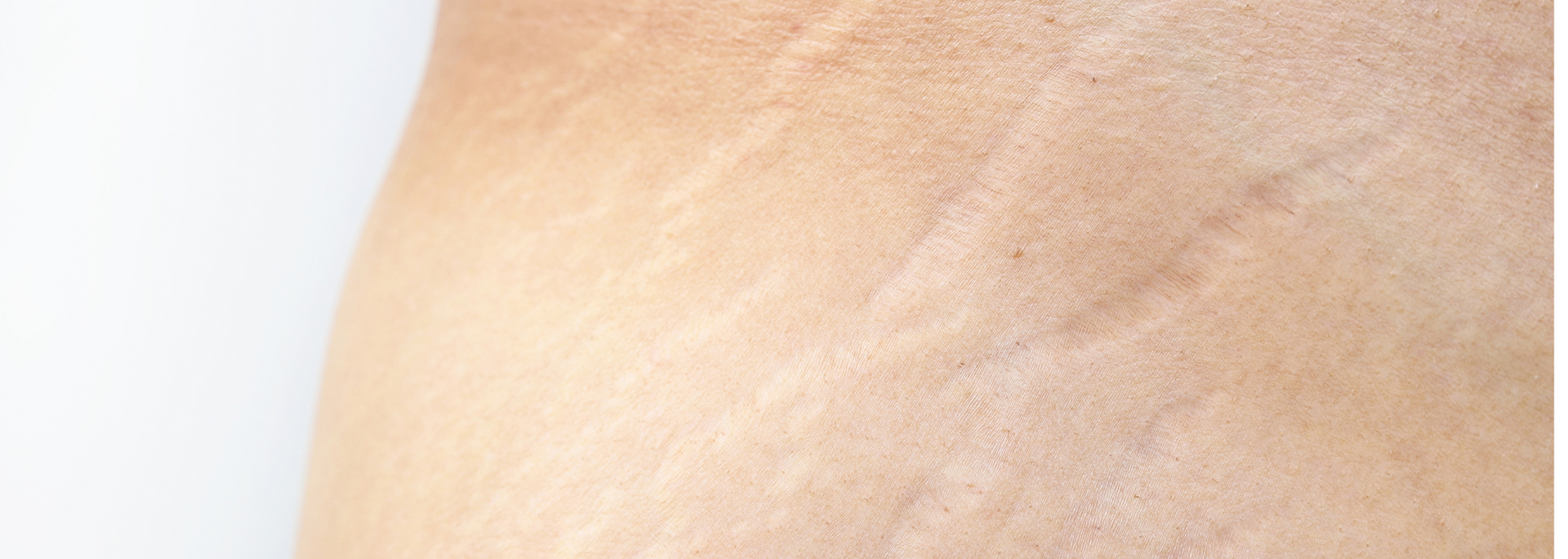
There are many skin problems caused or worsened by obesity. Let's look at a few of the most common.
Erythrasma
Erythrasma is an infection that causes dark, scaly patches on the skin. These patches are sometimes itchy. It's most common under the armpit, between the toes and in the groin.
Anyone can develop erythrasma – and the condition is easily treatable. However, it's more pervasive in people living with obesity.
Jock itch
Jock itch, or tinea cruris, is a fungal infection that causes a rash on the groin. It's very common – especially among men and in hot and humid climates. However, obesity can make it more likely to occur and reoccur.
Corns and calluses
Corns and calluses are hardened layers of skin. The body develops them naturally to protect against friction or pressure. That's why musicians who play string instruments, for instance, often have calluses on their fingers.
People living with obesity are more likely to develop corns and calluses on their feet. This is because carrying excess weight puts more pressure on the load-bearing parts of the body.
Cellulitis
Cellulitis is a common skin condition that can be serious if left untreated. It appears as a swollen and painful patch and is caused by bacteria penetrating deep into the skin.
People living with obesity are around two and a half times more likely to develop cellulitis.
Skin tags
Skin tags are small, harmless growths that often appear in places where folds of skin rub together. That includes the armpits, groin, eyelids and neck, as well as under the breasts.
Skin tags are more common in people living with obesity because obesity leads to increased skin folds and skin rubbing.
Stretch marks
Stretch marks (striae) are streaks that most often appear on the skin of the stomach, buttocks, breasts and hips. The name is accurate – stretch marks happen when the skin stretches too much and becomes damaged. They're often caused by weight gain but can also appear when a person loses weight quickly.
Can losing weight help?
Yes. Research has shown that, in many cases, losing weight can help improve or even reverse obesity-related skin problems.
To cite one example, a 2013 study looked at patients with psoriasis who were guided to lose weight through diet changes. These patients saw a 'significantly greater improvement in skin-related quality of life' after 16 weeks of treatment. (Skin-related quality of life is a measure of how much skin problems affect everyday life.)
However, it's important to note that weight loss can cause issues of its own. As we've explored before, rapid weight loss can result in loose skin because the skin isn't given time to regain its elasticity. And invasive treatments like liposuction come with risks of infection and bleeding.
That's why it's important to follow a sensible weight loss plan guided by obesity experts. This way, you'll be more likely to lose weight at a healthy pace and can get specialist support if you need it.
Would you like to learn more about SemaPen's prescribed weight loss medications? You could start by exploring our Wegovy and Mounjaro programmes or reading our expert guides.
Sources
1.https://researchbriefings.files.parliament.uk/documents/SN03336/SN03336.pdf
2. Green, M. et al. (2022) "Transepidermal water loss (TEWL): Environment and pollution—A systematic review" Skin Health and Disease, 2(2) https://doi.org/10.1002/ski2.104
3. Taira, K.G. et al. (2024) "Association of Cellulitis With Obesity: Systematic Review and Meta-Analysis" JMIR Dermatology, 7 https://doi.org/10.2196/54302
4. Jensen, P. et al. (2013) "Effect of Weight Loss on the Severity of Psoriasis: A Randomized Clinical Study" JAMA Dermatology, 149(7) https://doi.org/10.1001/jamadermatol.2013.722
5. Rosen, J. et al. (2019) "Skin changes and manifestations associated with the treatment of obesity" Journal of the American Academy of Dermatology, 81(5) https://doi.org/10.1016/j.jaad.2018.10.081
This article was reviewed and approved by Alice Fletcher, Lead Bariatric Dietician, and Lujain Alhassan, Bariatric Nutritionist, on 20 May 2025.

